Roof shapes play a significant role in the aesthetic and functionality of a building. They come in different designs, each with its unique features and drawbacks. Therefore, selecting the right roof shape for your building requires careful consideration of the pros and cons of each design. In this article, we will take a closer look at the various roof shapes and their advantages and disadvantages.
1. Introduction
The roof of a building is an essential component that protects the interior from external weather elements such as rain, snow, and wind. However, the roof’s design also plays a crucial role in the building’s overall appearance and functionality. Different roof shapes have varying benefits and drawbacks, and understanding these can help you make an informed decision when selecting a roof design for your building.
2. Gable Roof
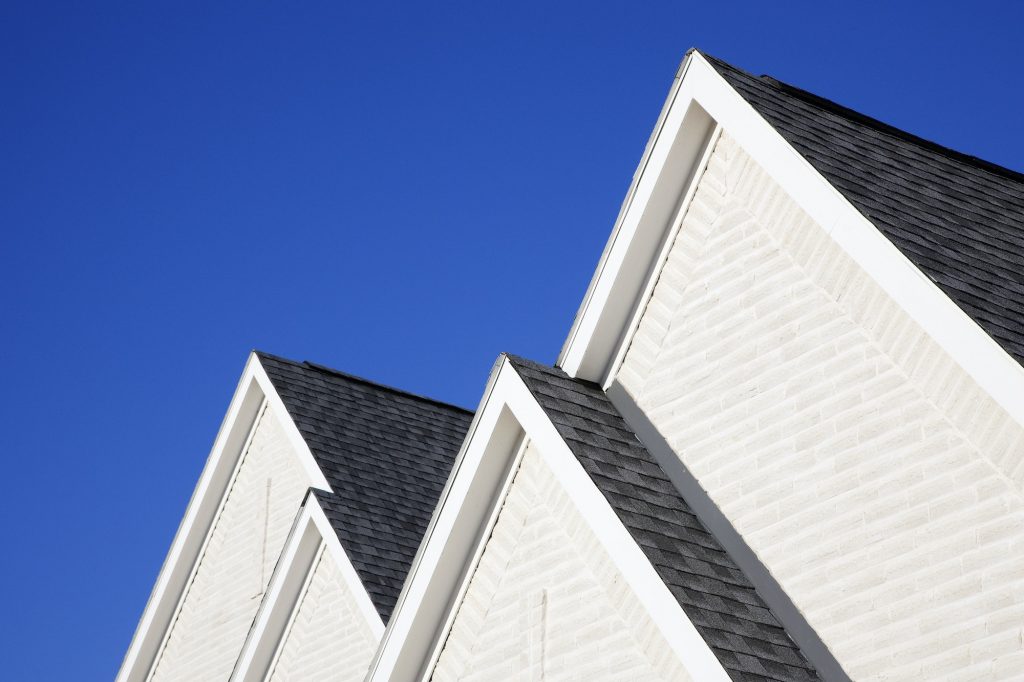
Gable roofs are perhaps the most common roof shape, featuring two sloping sides that meet at a ridge. This roof shape is ideal for shedding rainwater and snow, making it popular in areas with heavy precipitation.
2.1 Pros of Gable Roofs
- Gable roofs are relatively simple to construct and cost-effective, making them an affordable option.
- They provide ample attic space, which can be used for storage or as additional living space.
- Gable roofs allow for natural ventilation, which can help regulate the temperature inside the building.
- The steep slope of the roof helps prevent the buildup of snow and debris, reducing the risk of damage.
2.2 Cons of Gable Roofs
- The steep slope of gable roofs can make them susceptible to wind damage in areas with high winds.
- Gable roofs are not ideal for areas with hurricanes or tornadoes, where the wind can get under the roof and lift it off.
- The horizontal ceiling in the attic can be difficult to insulate, leading to increased energy consumption.
- Gable roofs can create a lot of shade on the sides of the building, limiting the amount of natural light that enters the interior.
3. Hip Roof

Hip roofs have four sloping sides that converge at the top to form a ridge. The hip roof design is common in areas with high winds and hurricanes.
3.1 Pros of Hip Roofs
- Hip roofs are more stable and wind-resistant than gable roofs, making them ideal for areas with high winds.
- The slanting sides of the roof provide shade on all sides of the building, reducing energy consumption by cooling the interior.
- The roof’s design allows for easy rainwater and snow runoff, preventing the buildup of water and debris.
- Hip roofs provide ample attic space, which can be used for storage or additional living space.
3.2 Cons of Hip Roofs
- The design of hip roofs can be more complicated and costly to construct than gable roofs.
- The additional seams and valleys in hip roofs make them more prone to leaks and maintenance issues.
- The slanting sides of hip roofs can limit the amount of natural light that enters the interior, creating a darker living space.
- The complex design of hip roofs can make them difficult to match with existing buildings or neighborhoods.
4. Flat Roof
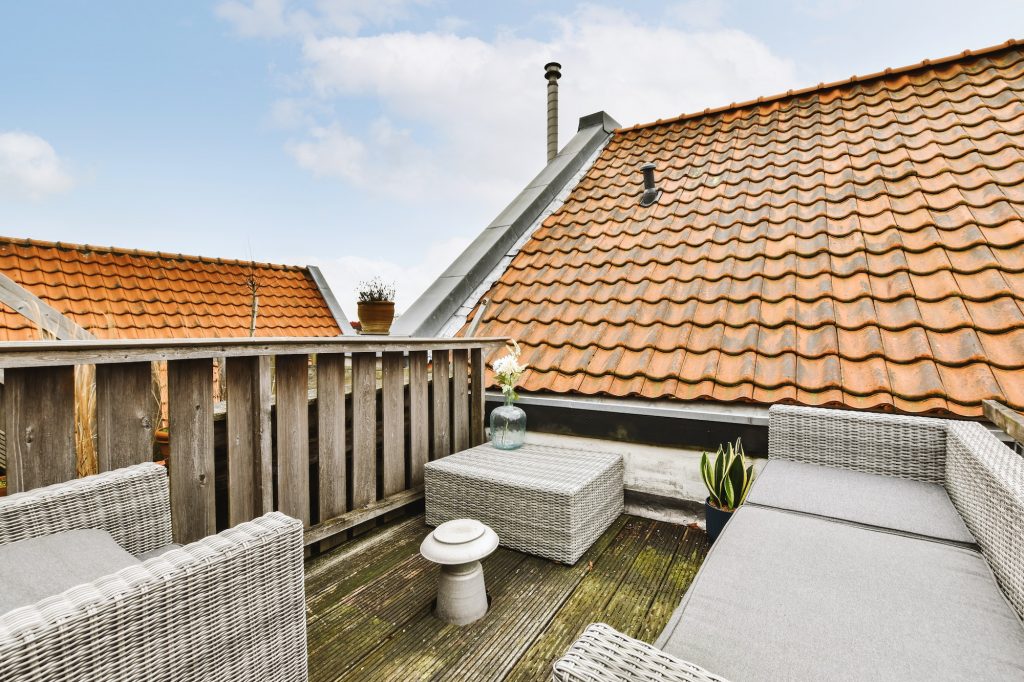
Flat roofs are horizontal and are common in commercial and industrial buildings, although they are becoming increasingly popular in residential settings.
4.1 Pros of Flat Roofs
- Flat roofs are cost-effective and simple to construct, making them an affordable option.
- The flat surface of the roof provides ample space for solar panels, green roofs, and rooftop gardens.
- Flat roofs provide easy access for maintenance and repairs.
- The design of flat roofs can create a sleek and modern appearance.
4.2 Cons of Flat Roofs
- Flat roofs are more prone to leaks and water damage than sloped roofs.
- The lack of slope on flat roofs means that rainwater and snow can accumulate, potentially leading to structural damage.
- The absence of natural ventilation can lead to moisture buildup and damage.
- Flat roofs are less visually appealing than sloped roofs, which may impact the building’s resale value.
5. Mansard Roof
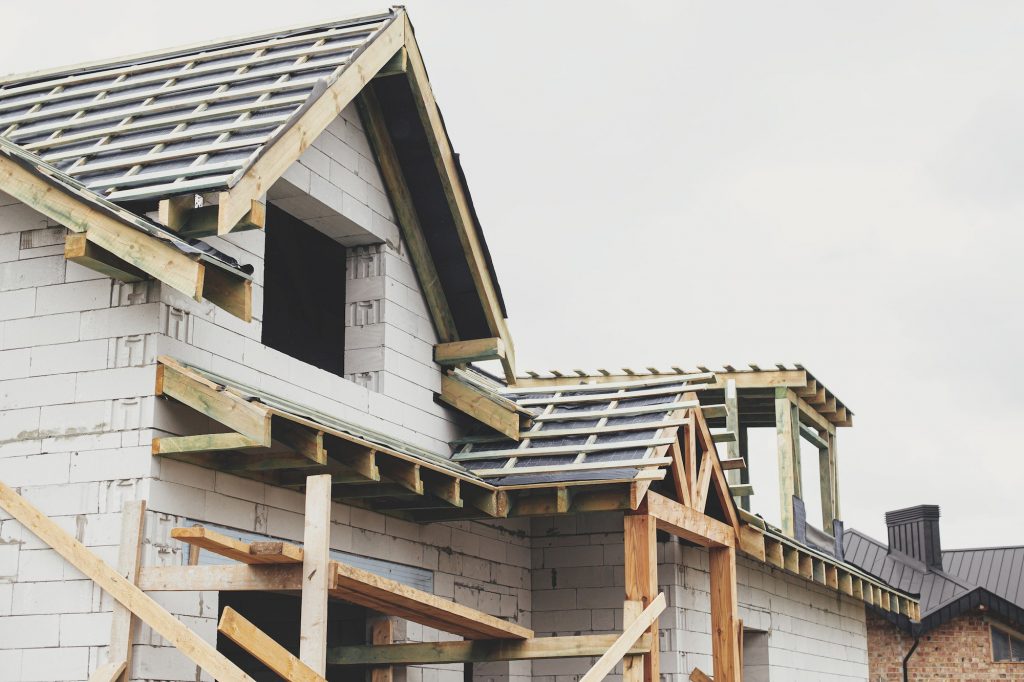
Mansard roofs have a double slope, with the lower slope steeper than the upper slope. This design originated in France and is commonly seen in historic buildings.
5.1 Pros of Mansard Roofs
- Mansard roofs provide extra living space in the attic, making them ideal for homes with limited space.
- The steep lower slope of the roof allows for easy rainwater and snow runoff, reducing the risk of damage.
- The design of mansard roofs can provide an attractive and elegant appearance.
- The design of mansard roofs is versatile and can be modified to suit different architectural styles.
5.2 Cons of Mansard Roofs
- Mansard roofs can be costly and time-consuming to construct, making them a more expensive option.
- The complex design of mansard roofs can make them more prone to leaks and maintenance issues.
- The steep lower slope of the roof can make it difficult to access for maintenance and repairs.
- Mansard roofs may not be suitable for areas with high winds or heavy snowfall.
6. Shed Roof
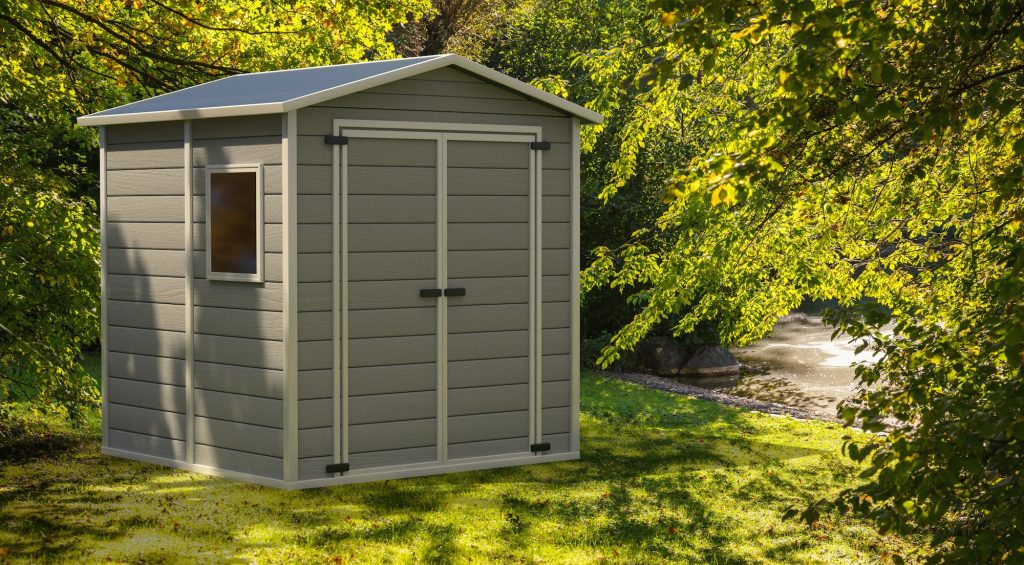
Shed roofs have a single slope and are commonly seen on sheds, garages, and other outbuildings.
6.1 Pros of Shed Roofs
- Shed roofs are simple to construct and cost-effective, making them an affordable option.
- The design of shed roofs allows for easy rainwater and snow runoff, reducing the risk of damage.
- The design of shed roofs can create a modern and minimalist appearance.
- Shed roofs provide ample height on one side, making them ideal for creating a loft or additional storage space.
6.2 Cons of Shed Roofs
- The single slope of shed roofs can make them less wind-resistant than other roof shapes.
- The design of shed roofs can create a lot of shade on one side of the building, limiting natural light and creating a darker living space.
- Shed roofs are not suitable for larger buildings or those with complex designs.
- The simplicity of shed roofs can make them less visually appealing than other roof shapes.
7. Butterfly Roof

Butterfly roofs have two sloping sides that dip in the middle, resembling the wings of a butterfly. This design is popular in modern and contemporary architecture.
7.1 Pros of Butterfly Roofs
- Butterfly roofs provide ample space for large windows and natural light, creating a bright and airy living space.
- The unique design of butterfly roofs can create a striking and modern appearance.
- The design of butterfly roofs allows for rainwater and snow runoff, reducing the risk of damage.
- The slanting sides of butterfly roofs can provide shade and reduce energy consumption.
7.2 Cons of Butterfly Roofs
- The complex design of butterfly roofs can be costly and difficult to construct.
- Butterfly roofs are less common than other roof shapes, which may impact resale value.
- The unique design of butterfly roofs can limit their compatibility with existing buildings or neighborhoods.
- The slanting sides of butterfly roofs can limit the amount of usable space in the attic.
8. Gambrel Roof

Gambrel roofs have two slopes on each side, with the lower slope steeper than the upper slope. This design is common in barns and other agricultural buildings.
8.1 Pros of Gambrel Roofs
- Gambrel roofs provide extra attic space, making them ideal for storage or additional living space.
- The steep lower slope of the roof allows for easy rainwater and snow runoff, reducing the risk of damage.
- The design of gambrel roofs can create an attractive and classic appearance.
- The design of gambrel roofs is versatile and can be modified to suit different architectural styles.
8.2 Cons of Gambrel Roofs
- Gambrel roofs can be costly and time-consuming to construct, making them a more expensive option.
- The complex design of gambrel roofs can make them more prone to leaks and maintenance issues.
- The steep lower slope of the roof can make it difficult to access for maintenance and repairs.
- Gambrel roofs may not be suitable for areas with high winds or heavy snowfall.
9. Conclusion
The roof shape you choose for your building will depend on several factors, including the climate, building size, and architectural style. Each roof shape has its unique benefits and drawbacks, and understanding these can help you make an informed decision. Consider consulting with a professional to determine the best roof shape for your building.
